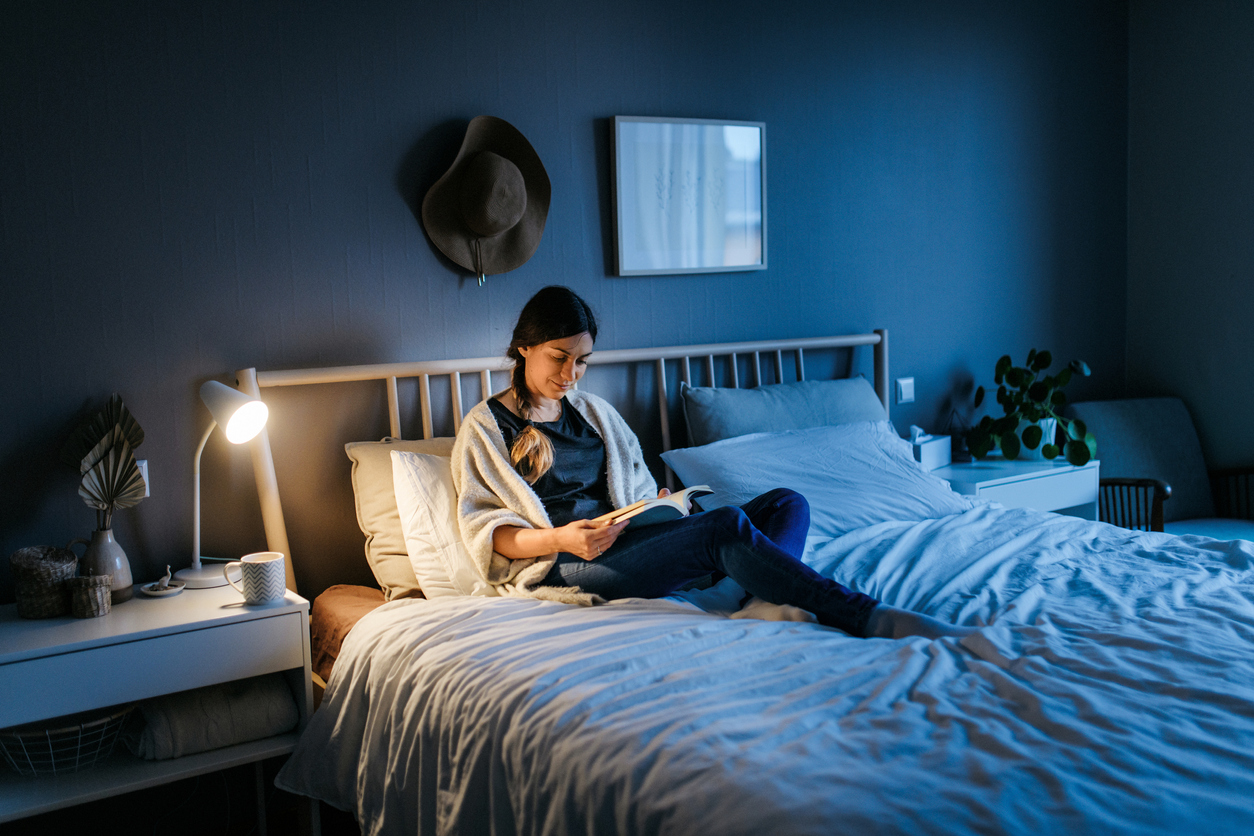
In the fast-paced rhythm of contemporary life, a restful night’s sleep is often a coveted but elusive commodity. The profound impact of quality sleep on overall well-being cannot be overstated, and the environment in which we sleep plays a pivotal role in achieving that coveted restfulness. Your bedroom, with its design, lighting, and even color scheme, is not merely a space but a critical element in the science of sleep. In this extensive guide, we will delve deeply into the various elements that contribute to creating an optimal sleep sanctuary, providing you with insights and strategies to transform your bedroom into the haven of tranquility it should be.
Understanding the Sleep Cycle

Before embarking on the transformation journey, let’s take a moment to comprehend the intricacies of the sleep cycle. Sleep is not a monolithic state but occurs in cycles, primarily classified into two types: REM (Rapid Eye Movement) and non-REM sleep. Both stages play distinct roles in physical and mental restoration, and a well-optimized sleep environment ensures a seamless progression through these cycles, fostering restorative and rejuvenating sleep.
Setting the Stage: Bedroom Design

1. The Power of Simplicity:
Embrace simplicity in your bedroom design. A clutter-free space not only promotes a sense of calm but also minimizes distractions that could potentially disrupt your sleep.
2. Comfort is Key:
Investing in a comfortable mattress and pillows that support your body is foundational. The right bedding can make a significant difference in the quality of your sleep.
3. Natural Elements:
Integrating natural elements into your bedroom, such as wooden furniture or indoor plants, establishes a harmonious connection with the outside world. Nature-inspired aesthetics contribute to a soothing atmosphere.
Harnessing the Light

I. Natural Light Exposure:
Exposure to natural light during the day helps regulate your circadian rhythm, influencing the body’s internal clock. Ensure your bedroom receives ample natural light during the daytime to reinforce your natural wake-sleep cycle.
2. Dim the Lights Before Bed:
In the evening, gradually dim the lights to signal to your body that it’s time to wind down. Avoid harsh, bright lights, especially from electronic devices, as they can suppress the production of melatonin, a sleep-inducing hormone.
3. Smart Lighting Solutions:
Consider integrating smart lighting solutions that mimic natural light patterns. Some smart bulbs are designed to adjust color temperature, promoting a more relaxed atmosphere in the evening conducive to sleep.
Color Palette Matters

1. Soothing Hues:
Opt for a calming color palette dominated by soft, soothing hues. Colors like blues, greens, and muted earth tones create a tranquil ambiance conducive to sleep.
2. Personalized Touch:
Infuse your personality into the room with accents of your favorite colors. Strike a balance between personalization and maintaining a calming atmosphere, ensuring that the space feels uniquely yours.
Temperature and Ventilation
1. Cool and Comfortable:
Maintaining a cool room temperature is essential for optimal sleep. A slightly cooler environment supports the body’s natural temperature drop during sleep, promoting restfulness.
2. Air Quality Matters:
Ensure proper ventilation to keep the air in your bedroom fresh. Consider incorporating air-purifying plants to enhance indoor air quality, contributing to a healthier sleep environment.
Embracing Technology Wisely
1. Limit Electronic Devices:
Minimize the use of electronic devices at least an hour before bedtime. The blue light emitted by screens can interfere with melatonin production, disrupting your sleep-wake cycle.
2. Smart Sleep Gadgets:
Explore smart sleep gadgets designed to enhance your sleep environment. From white noise machines to smart thermostats, technology can be harnessed to optimize your sleep space intelligently.
Creating a Relaxing Bedtime Routine

1. Establish Consistency:
Set a consistent bedtime routine to signal to your body that it’s time to wind down. This may include activities like reading a book, practicing gentle stretches, or engaging in mindfulness meditation.
2. Limit Stimulants:
Minimize the intake of stimulants like caffeine and nicotine, especially in the hours leading up to bedtime. These substances can interfere with your ability to fall asleep.
The Role of Feng Shui
1. Balancing Energy Flow:
Incorporate principles of Feng Shui to balance the energy flow in your bedroom. Position your bed in a commanding position, avoid clutter, and create a harmonious environment conducive to sleep.
2. Personalized Arrangement:
Personalize your bedroom arrangement based on Feng Shui principles, considering factors like the position of windows, doorways, and the orientation of the bed. Balancing energy promotes a sense of tranquility and relaxation.
Sound and Silence
:max_bytes(150000):strip_icc()/GettyImages-501799733-58caecdc3df78c3c4f035ef5.jpg)
1. White Noise or Nature Sounds:
Consider using white noise machines or nature sounds to drown out potential disruptive noises. These can create a consistent background hum that promotes a serene atmosphere conducive to sleep.
2. Earplugs if Necessary:
If external noises are unavoidable, invest in high-quality earplugs to create a cocoon of silence for better sleep.
Conclusion
In the quest for better sleep, optimizing your bedroom emerges as a fundamental step. By comprehending the science of sleep and implementing thoughtful changes in design, lighting, color, and overall ambiance, you can transform your bedroom into a haven for restorative rest. Experiment with different elements, personalize your space, and observe the positive impact on the quality of your sleep. Remember, the journey to better sleep begins with the environment you create, and with these insights, you’re well on your way to unlocking the secrets of a truly restful night. Sweet dreams await in your newly optimized sleep sanctuary!




